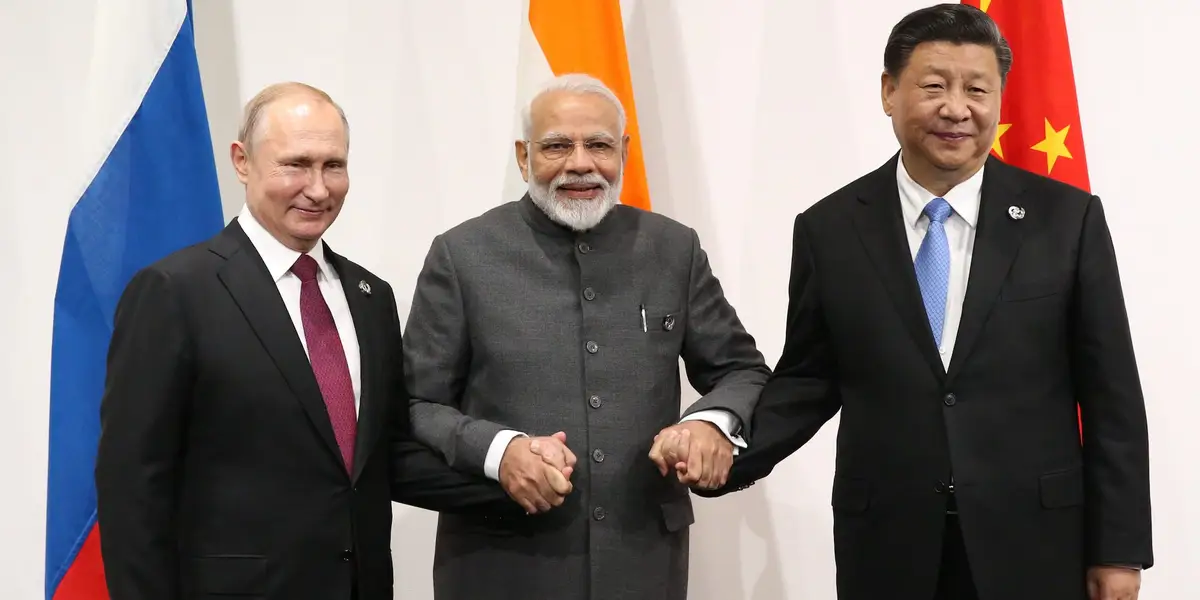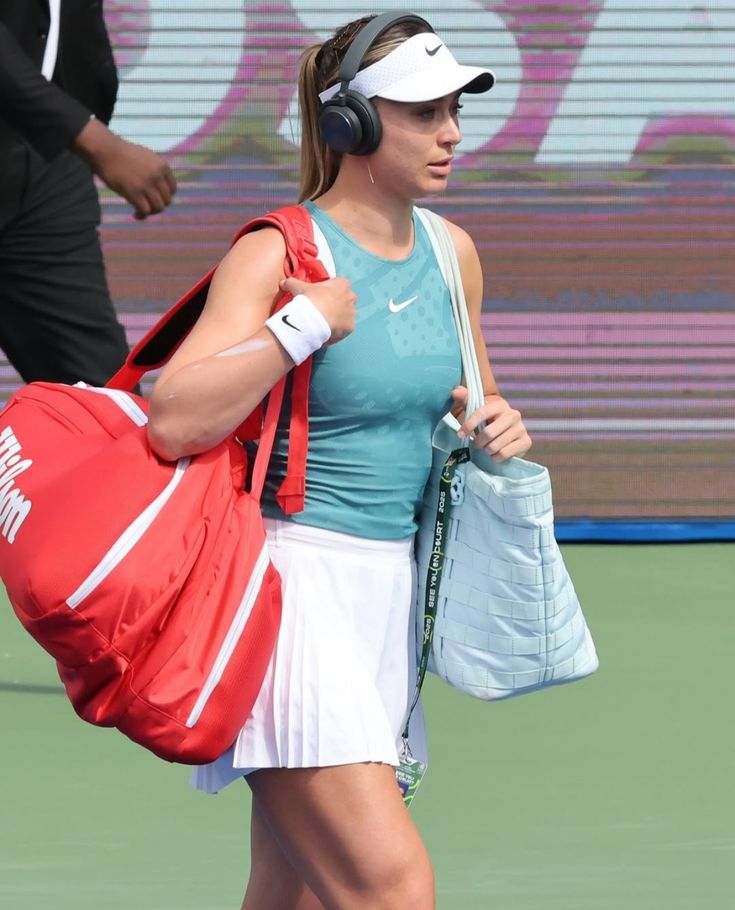When more than 20 world leaders gathered in Tianjin for the Shanghai Cooperation Organization (SCO) summit, one number stood out: $452 billion. That’s the value of goods traded between India, Russia, and China in 2023 a figure that reveals how these three Asian giants are quietly building an economic triangle that could shift the global balance of power.
The Bigger Picture: A Global South Alliance
The timing was no coincidence. With Washington slapping new tariffs under President Donald Trump, China’s Xi Jinping used the summit to push for a new economic order centered on the Global South. “We must stand against hegemonism and practise true multilateralism,” Xi told delegates, setting the tone for a meeting that felt less about ceremony and more about strategy.
The SCO, which includes Russia, China, India, Iran, Pakistan, and much of Central Asia, represents 43% of the world’s population and nearly a quarter of global GDP. It’s fast becoming an alternative to Western-led institutions and trade is the glue holding it together.
China remains the heavyweight. In 2023, it exported $1.6 trillion worth of goods across Asia, with India buying $120bn alone. But it’s not just about neighbors. The United States, despite tensions, still bought $442bn worth of Chinese goods, mainly electronics and consumer products.
For Russia, China is now indispensable. After Western sanctions cut Moscow off from European markets, trade with China surged. Russia exported $129bn of goods to China in 2023, mostly oil and gas, while importing $110bn of cars, machinery, and electronics. The energy-for-technology exchange has become the lifeline of their partnership.
India’s trade story is more complicated. It runs a major deficit with China, importing about seven times more than it exports. In 2023, China sold $125bn worth of goods to India, mainly machinery and chemicals, while India managed just $18.1bn in return, mostly fuel products.
With Russia, the imbalance is even starker. India bought $66.1bn worth of goods from Russia in 2023, almost 90% of it crude oil. Exports the other way totaled just $4.1bn, made up of pharmaceuticals, machinery, and metals. Yet for New Delhi, cheap Russian oil is worth the political risk even as U.S. tariffs target Indian imports in retaliation.
This trilateral trade surge is about more than numbers. It reflects a deeper shift: as Washington raises tariffs and Europe doubles down on sanctions, the world’s biggest emerging economies are tightening ties with each other.
For China, it’s about securing energy and influence. For Russia, it’s survival. And for India, it’s hedging balancing its reliance on Western markets with the reality that Asia’s future may be written closer to home.
The $452bn trade figure is likely to grow, especially if geopolitical rifts widen. The SCO summit showed not just unity but intent: to build a parallel system where the Global South can trade, invest, and set rules on its own terms.
The question isn’t whether this triangle will reshape global trade it’s how quickly, and at what cost to the West.


